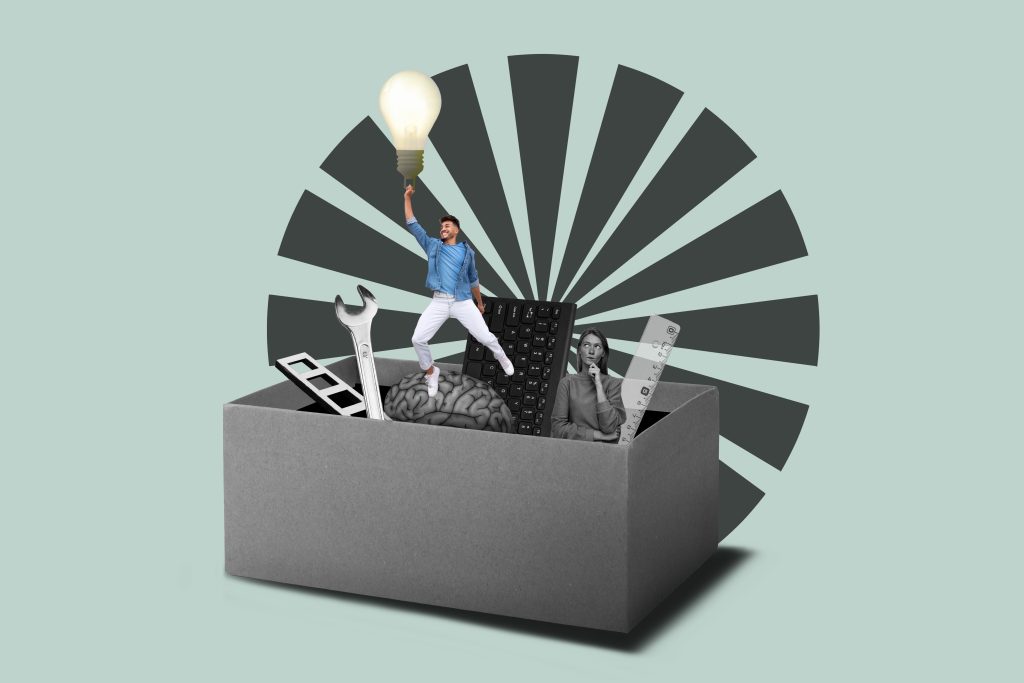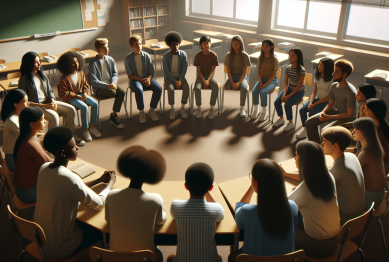In a world that prizes freedom and flexibility, constraints may seem counterintuitive. But increasingly, educators, entrepreneurs, designers, and thinkers are discovering the hidden value of boundaries. In fact, the creative use of constraints is emerging as a powerful strategy for fostering innovation, boosting productivity, and improving decision-making—especially in education and everyday life.
Rather than stifling creativity, well-designed limits often stimulate it. Constraints clarify choices, force focus, and lead to solutions that might not emerge in limitless environments.

Why the Creative Use of Constraints Leads to Better Outcomes
How Constraints Improve Focus and Eliminate Fatigue
Decision fatigue is real. With so many options, the brain becomes overwhelmed. A study from Columbia University showed that people with fewer choices made faster, more confident decisions (Iyengar & Lepper, 2000). The creative use of constraints removes excess, allowing deeper engagement with fewer variables.
The Creative Use of Constraints in Education
Encouraging Innovation Through Structured Learning
Classrooms are increasingly embracing structured creativity. Teachers are using the creative use of constraints to encourage problem-solving with limited resources. Design challenges, writing prompts with restrictions, and minimal-material projects are helping students think outside the box—by shrinking the box.
Example: STEM and the One-Dollar Challenge
In STEM education, teachers are using low-cost materials to challenge students to build functioning devices. According to Edutopia, this method, rooted in the creative use of constraints, improves resilience and ingenuity.
Everyday Creativity: The Creative Use of Constraints at Home and Work
How Personal Routines Benefit from Boundaries
Constraints aren’t just for schools or startups. From minimalist wardrobes to 30-minute writing sprints, people are applying creative use of constraints in everyday routines to simplify and energize their days.
- Meal planning using only five ingredients
- Time-blocked mornings with fixed routines
- One-screen workdays to improve digital focus
Each of these constraints leads to more clarity and less overwhelm.
The Creative Use of Constraints in Technology and Design
Why Tech Innovators Embrace Limits
Google, Apple, and other design-driven companies often start with purposeful restrictions—fewer features, one function, or minimalist UI. The goal isn’t limitation for its own sake. It’s the creative use of constraints to deliver a cleaner, more focused experience.
Digital Tools That Apply Constraints for Productivity
Tools like Notion, Roam Research, and distraction-free writing apps intentionally limit options to help users think more clearly. These platforms are designed with the creative use of constraints in mind, showing that smart limits can improve both usability and outcomes.
The Psychological Benefits
Reduced Cognitive Load, Increased Satisfaction
When applied correctly, the creative use of constraints reduces cognitive burden. This creates mental space for higher-order thinking, according to Frontiers in Psychology (2019). Constraints also boost satisfaction because they simplify choice and eliminate clutter.
Boosting Motivation with Fair Challenges
Challenging yet fair limitations can make tasks more rewarding. People tend to perform better when working under conditions that are demanding but manageable—something only achievable through smart constraint design.
How to Start Applying the Creative Use of Constraints in Your Life
Want to experiment with this approach? Try these methods:
- Limit your tools: Use just one app or notebook for planning or brainstorming.
- Set tight boundaries: Try time-limited tasks (e.g., 25-minute writing blocks).
- Reduce inputs: Limit the number of articles or sources for research.
- Use physical constraints: Write with pen and paper to slow down and focus.
- Adopt minimalist challenges: Try single-tasking days or media-free mornings.
These small practices demonstrate how creative use of constraints helps you focus on quality over quantity.
Conclusion
Educational models are increasingly shifting toward less content, more depth. This isn’t about simplifying curriculum—it’s about enriching engagement. Whether it’s slow reading, critical writing under time limits, or design projects with fixed resources, creative use of constraints is reshaping how knowledge is absorbed and applied.
As information overload grows, thoughtful limitations will likely become essential—not optional.
References:
- Iyengar, S. S., & Lepper, M. R. (2000) ‘When choice is demotivating: Can one desire too much of a good thing?’, Journal of Personality and Social Psychology, 79(6), pp. 995–1006. https://faculty.washington.edu/jdb/345/345%20Articles/Iyengar%20%26%20Lepper%20%282000%29.pdf
- Edutopia (2021) ‘How Limiting Materials Can Boost Creative Thinking in STEM’. https://www.edutopia.org/practice/how-limiting-materials-can-boost-creative-thinking-stem
- Frontiers in Psychology (2019) ‘Constraints as Catalysts: How Limits Foster Motivation and Creativity’. https://www.frontiersin.org/journals/psychology/articles/10.3389/fpsyg.2019.01053/full









